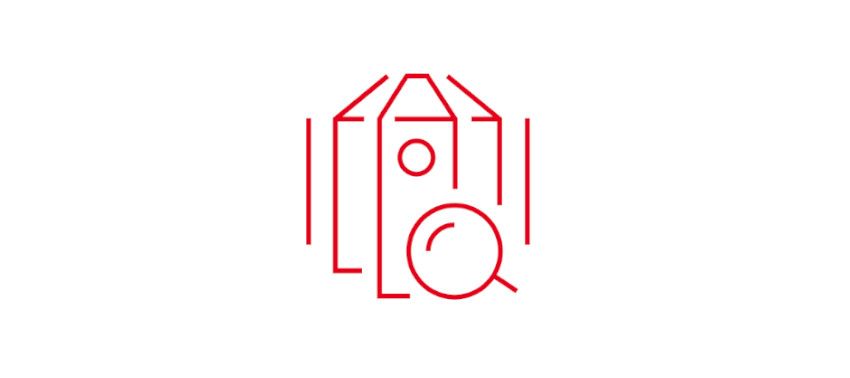Nuclear industry protection
Because there is such a broad spectrum of tasks and of radioactive contamination risks, DuPont offers a wide range of nuclear protective clothing.
Protection From Radioactive Contaminated Particles or Liquid Hazards
Protection from nuclear hazards can be divided into two main areas: protection against ionizing radiation hazards and protection against radioactive particle or liquid hazards.
The fabrics used in single-use protective garments do not provide a barrier to ionizing radiation (e.g., gamma rays, X-rays or radioactive alpha or beta particles). The standard protocol used to reduce radiation exposure would include time, distance and shielding. For garments, limited shielding may be provided by specialty garments that contain lead-based materials. DuPont does not offer any specialty garments that provide protection from ionizing radiation hazards.
For hazards associated with radioactive contaminated particles or liquids, rather than blocking the radiation itself, appropriate garments are designed to minimize the penetration of radioactive materials, thereby also keeping contact with the skin and clothing worn underneath to a minimum. These garments are designed to be worn in a potentially affected area and then be promptly removed and disposed of, such that long-term exposure to the radioactive contaminated material is minimized after leaving the potentially affected area and to avoid contaminating other areas.
Protective Clothing Against Radioactive Contamination and the EN 1073-1 & EN 1073-2 Standard
Chemical protective garments are intended for single use so that a cross-contamination with radioactive particles can be minimized.
DuPont offer specially designed garments that help provide protection from radioactive particles and liquids. Specific fabric types, seam configurations and garment designs should be specified to match the hazard.
In general, more body coverage is better:
Hooded coveralls (with attached socks) or fully encapsulated coveralls help to protect the entire body from radioactive particulates.
DuPont™ Tyvek® 500 Xpert, Tyvek® 600 Plus, Tyvek® 800 J, Tychem® 2000 C Standard, as well as Tychem® 6000 F Standard garments & Tychem® 6000 AL are tested according to EN 1073-1 or EN 1073-2 as protective clothing against radioactive contamination. EN 1073-1 standard is designed for compressed air line ventilated protective clothing, protecting the body and the respiratory tract, and EN 1073-2 for non-ventilated protective clothing against particulate radioactive contamination.

Tyvek® 500 Xpert is setting a new standard of protection in the Type 5 and 6 category through greater protection and comfort.

Tyvek® 600 Plus combines Type 4 performance with the durability, protection and comfort of a Tyvek® garment.

Tyvek® 800 J is the new, breathable Type 3 garment for protection against water-based inorganic chemicals under pressure.

Tychem® 2000 C Standard is comfortable, lightweight protection against biohazards and inorganic chemicals.

Tychem® 6000 F Standard is trusted protection against a broad range of chemicals and biohazards.

Tychem® 6000 AL garments are designed to help keep workers safe and focused when carrying out critical tasks in industries like Pharmaceutics, Chemicals and others.
Tyvek® protective apparel
Tyvek® helps offer an ideal balance of protection, durability and comfort to employees in industrial applications and contamination control environments, including manufacturing, pharmaceutical, automotive and utilities.
Arc flash protection
DuPont™ Nomex® fabric delivers lightweight, comfortable FR protective solutions that meet or exceed global standards in arc flash, heat and flame protection and performance.
Heat & flame protection
Nomex® offers a tested and proven portfolio of protective solutions that continues to meet or exceed global standards for heat, flame and arc flash protection.
Cut & mechanical protection
Only DuPont™ Kevlar® can protect against multiple hazards, while keeping workers comfortable. And DuPont can help guide you through the new standards, innovation possibilities and more.




